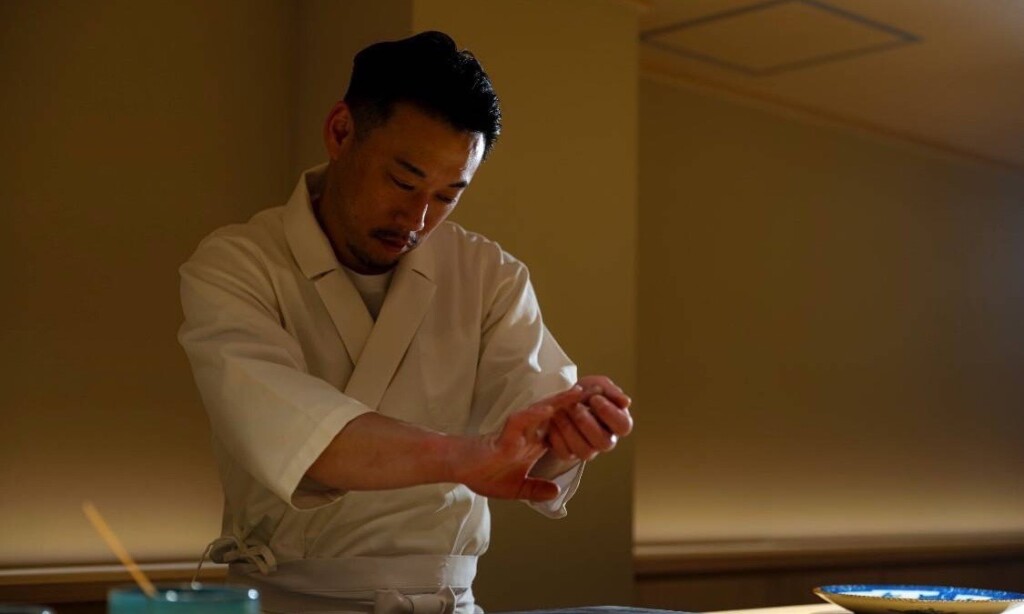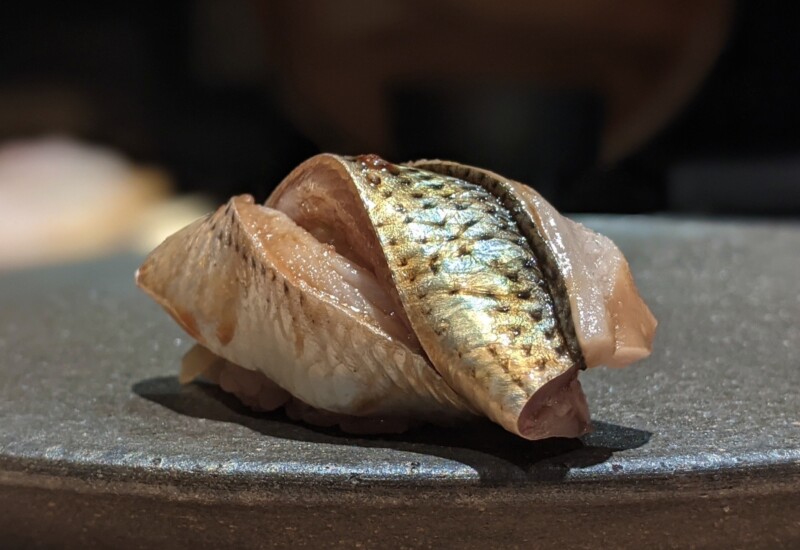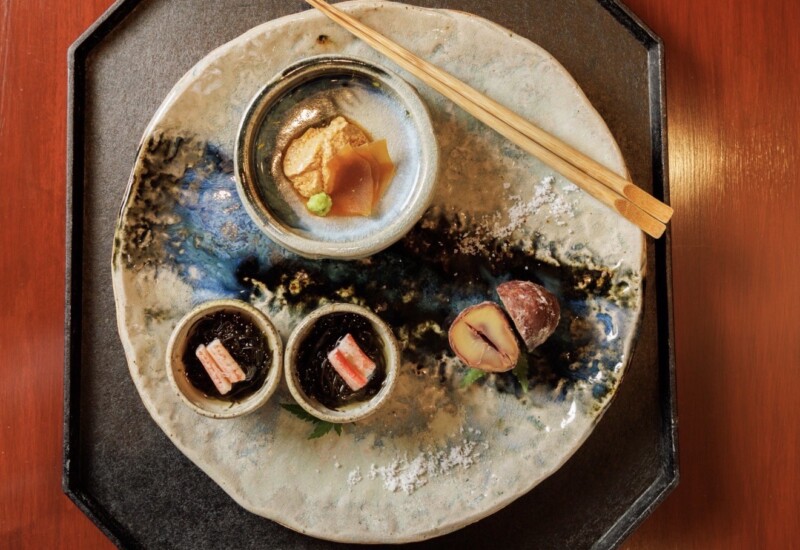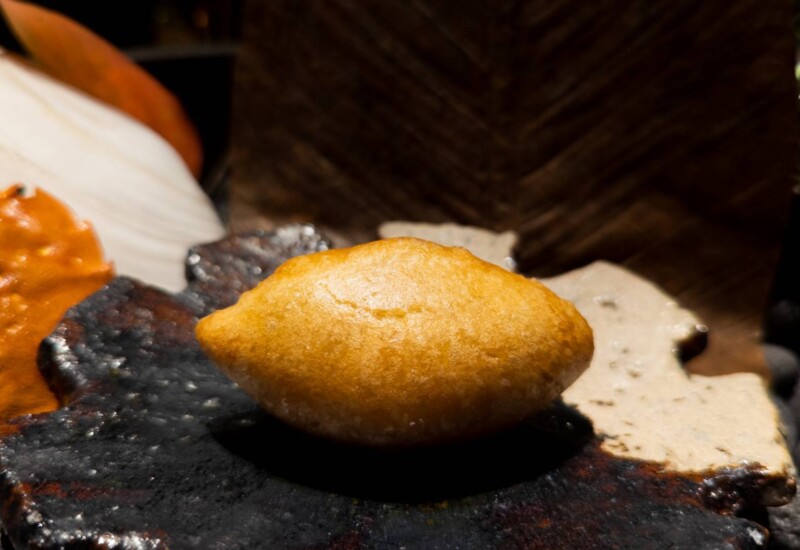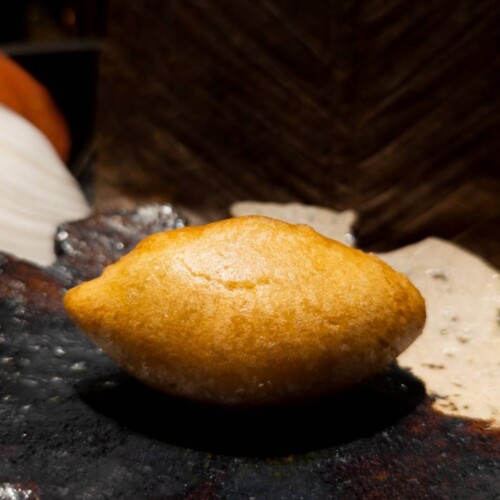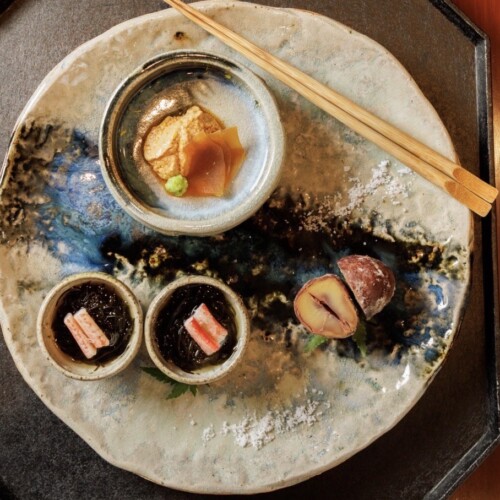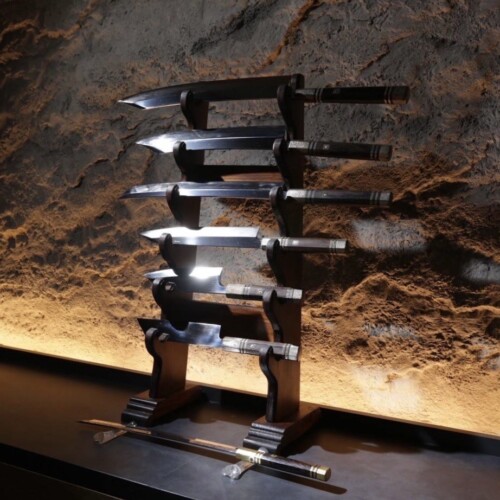鮨 小桜 北新地 / Sushi Kozakura Kitashinchi
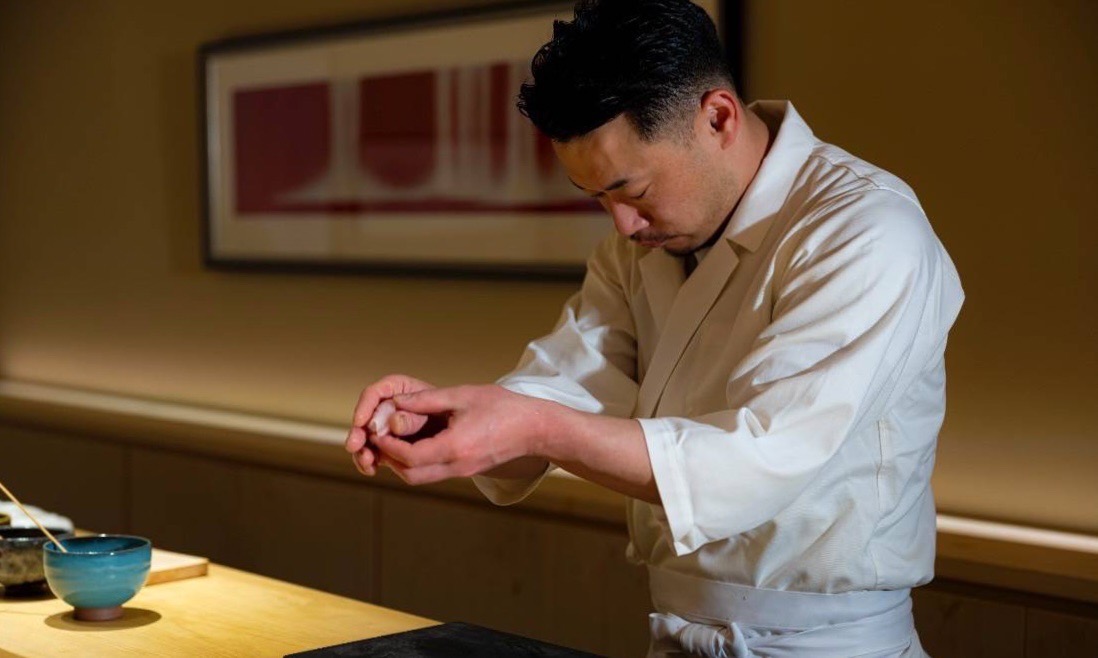
①Please introduce your restaurant.
My name is Yasunari Kobayashi, and I’m the chef-owner of Sushi Kozakura.
I trained for eight years at a sushi restaurant in Akashi, Hyogo.
Then I ran my own restaurant in Kobe for nine years.
At the end of last year, I relocated to Kitashinchi, and it’s now been six months since the move.
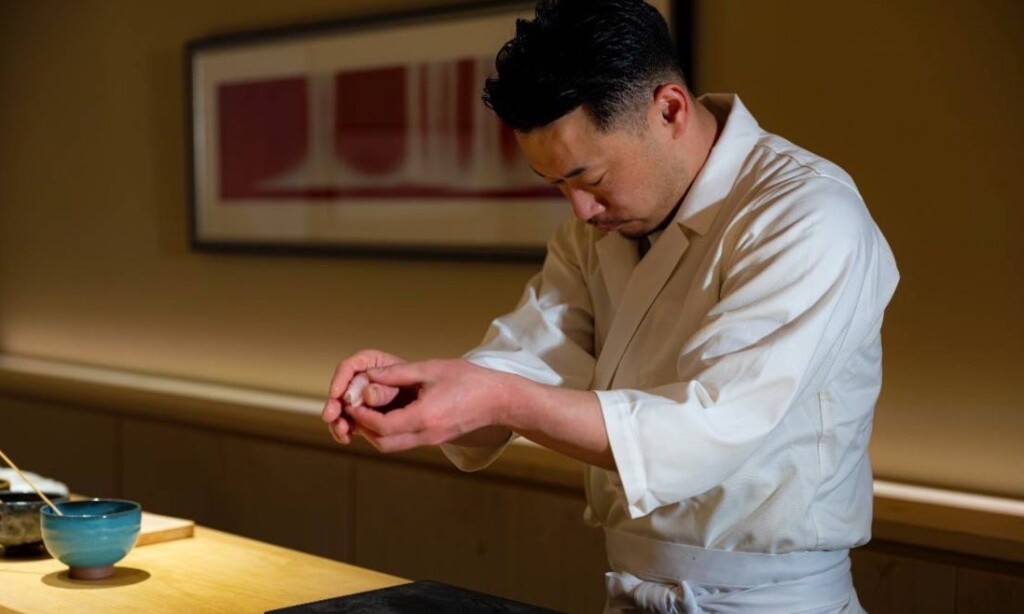
②What values or principles are most important to you as a restaurant?
Many people find sushi restaurants a bit intimidating or formal.
That’s why at Kozakura, I focus on creating a relaxed and enjoyable dining experience for everyone.
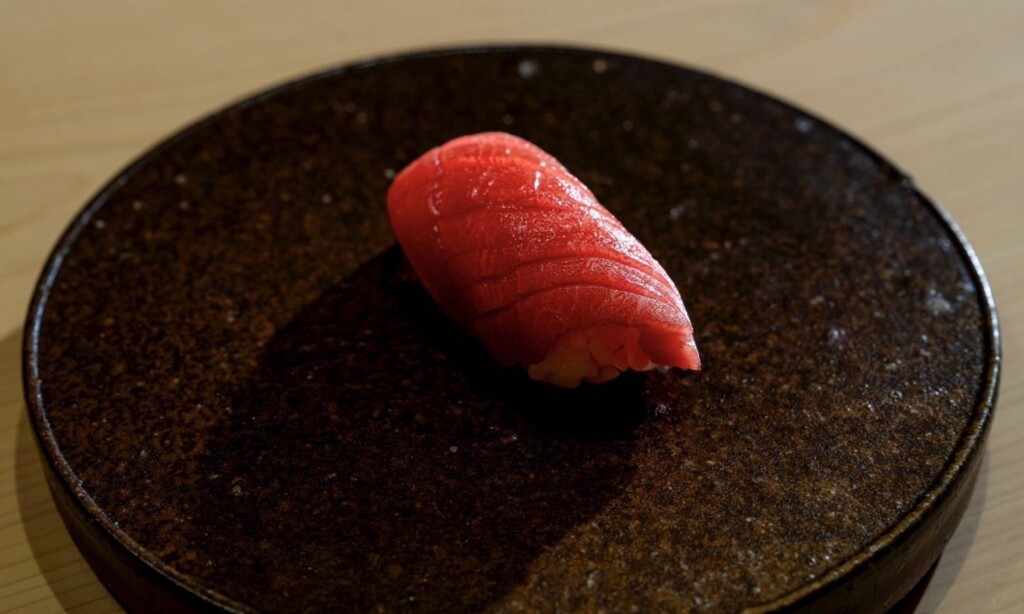
③ How do you select your ingredients, and what do you prioritize when sourcing them?
While I trust and rely on my rice supplier,
we use a custom blend of 70% Koshihikari from Nagano and 30% Hinohikari from Awaji.
I specifically request larger grains for better texture and balance.
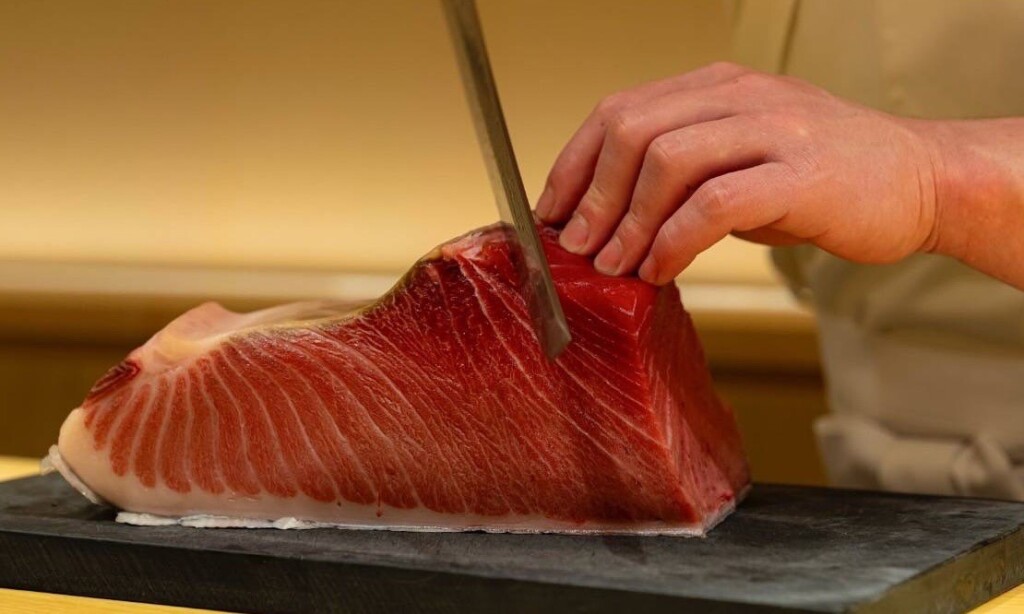
④ What makes your restaurant unique compared to others?
I started working at a sushi restaurant in Akashi when I was 23 years old.
Back then, we mainly used fish from Akashi and Awaji. I still follow that approach, using as much locally caught seafood as possible, though the menu has evolved.
⑤Do you have any particular approach or philosophy when it comes to plating and presentation?
I don’t have a background in traditional Edomae-style sushi.
Instead, I let the natural qualities of the ingredients shine, keeping preparation minimal and focused.
I always include two dishes featuring grilled anago (sea eel), made specially for me by a trusted supplier I’ve known since my Akashi days.
Grilled anago is a regional specialty from Banshu in Kansai—rarely found in Osaka—so I invite you to come and try it.
Grilled anago has a distinct, savory aroma that sets it apart from simmered anago.
Simmered anago is fluffy and served with a sweet sauce,
while grilled anago is cooked over an open flame, giving it a crispy, smoky finish.
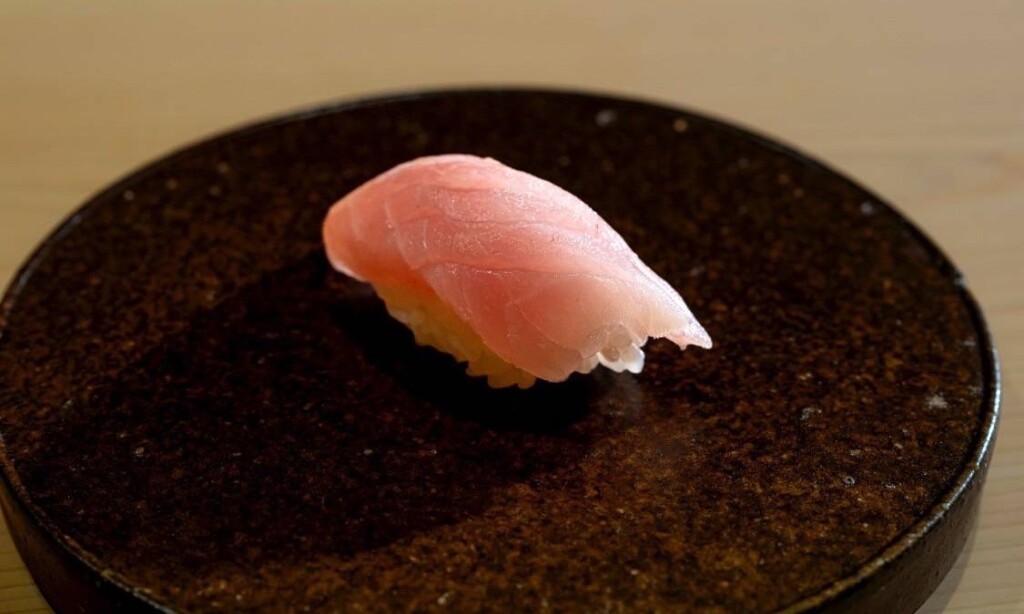
⑥ How do you curate your selection of alcoholic beverages?
While well-known labels are great, I mainly serve subtle, balanced sake that complements the food rather than overpowering it.
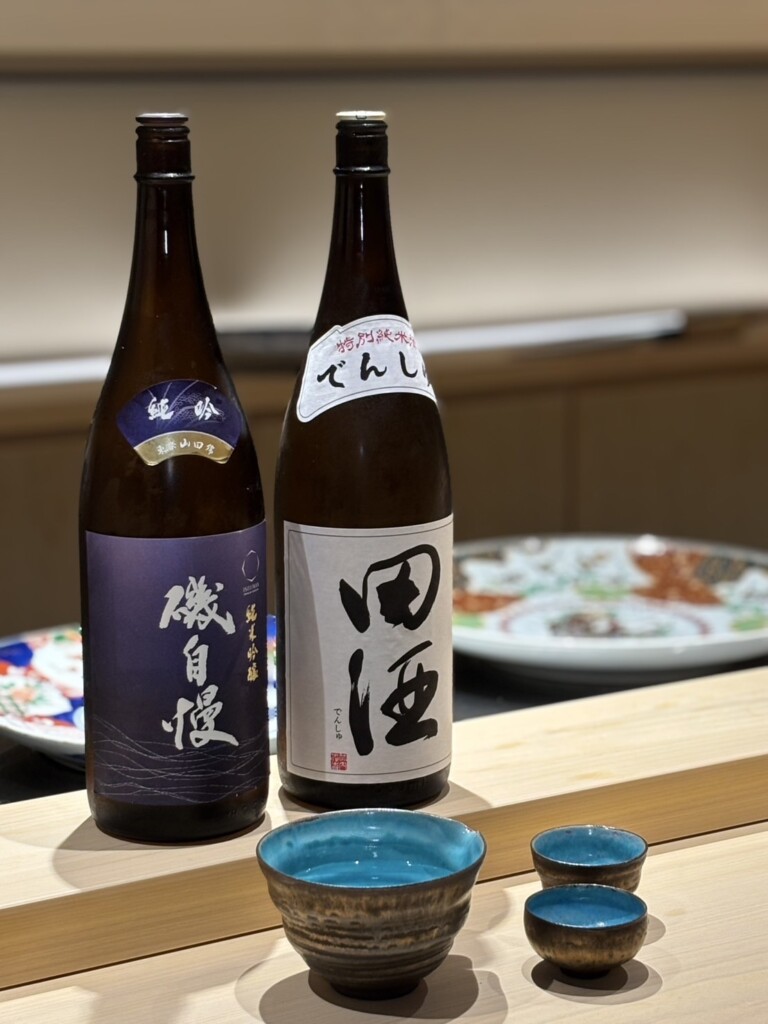
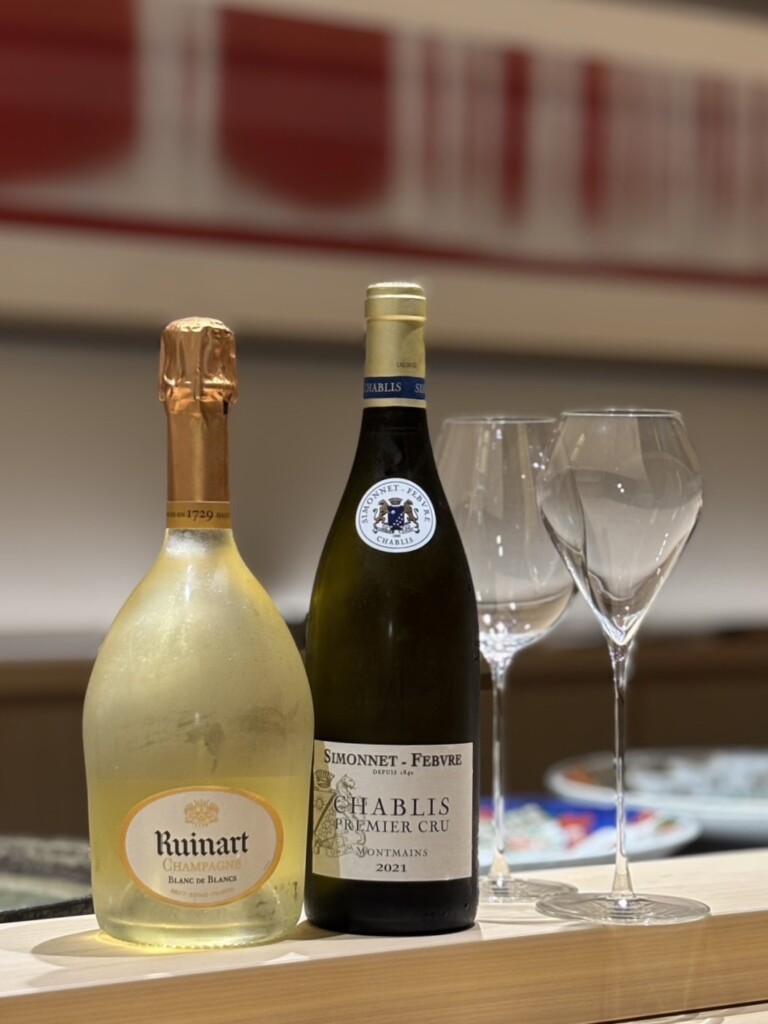
⑦ Can you tell us about your attention to interior design, tableware, and the overall dining atmosphere?
When designing the space, I asked for something calm, uncluttered, and warm in tone—something that helps guests relax.
I mainly use plates made by Bizen-yaki ceramic artist Mr. Kyo Isezaki for serving sushi.
A friend of mine is related to Mr. Isezaki and kindly introduced us.
He even custom-made dishes to fit the exact dimensions of my counter.

⑧ What inspired you to become a chef?
My family runs a restaurant under the same name, and although I initially explored other careers, I eventually found myself naturally drawn into this profession.
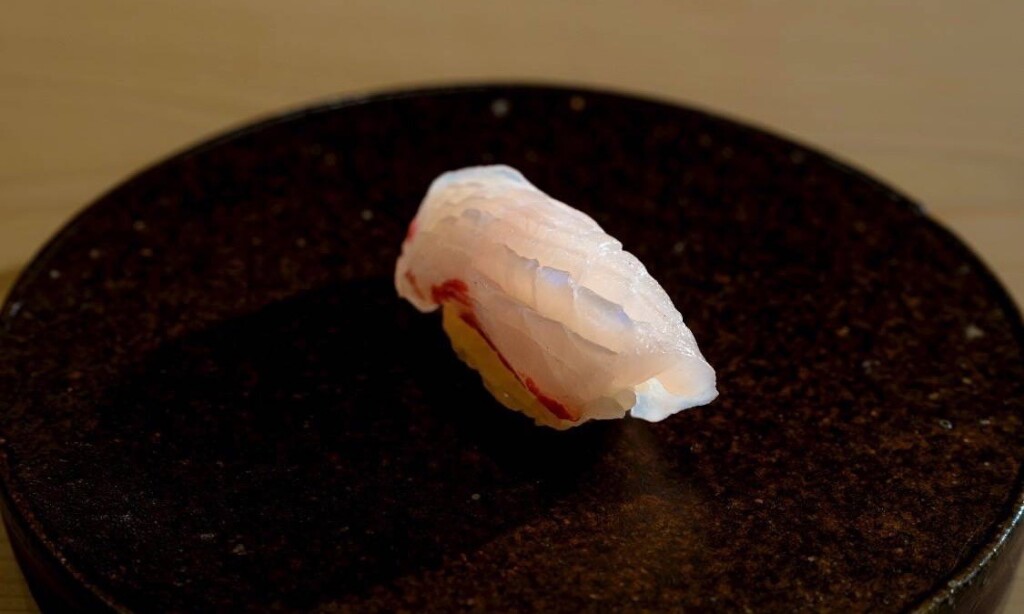
⑨ What kind of guests would you like to welcome?
I’m happy to welcome anyone who enjoys my sushi and leaves the restaurant with a smile.
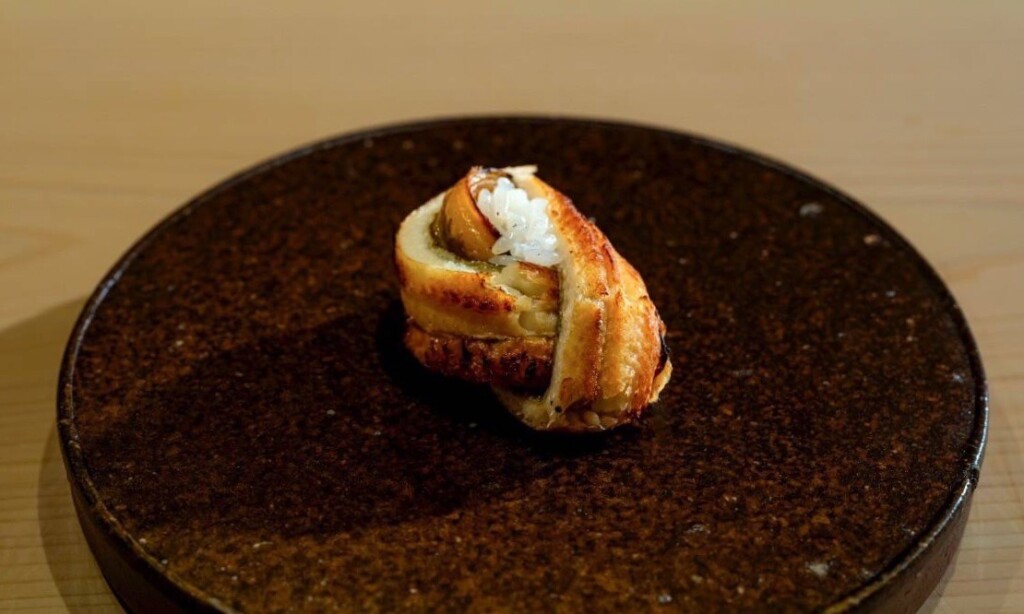
⑩ Are there any rules or things that are not allowed in your restaurant?
We may refuse service to guests wearing strong perfume or those who speak loudly and disturb other diners.
⑪Do you have a message you'd like to share with your guests?
It’s only been six months since opening in Osaka, so if something on Instagram or a video sparks your interest, feel free to reach out—I’d love for you to try my sushi.
